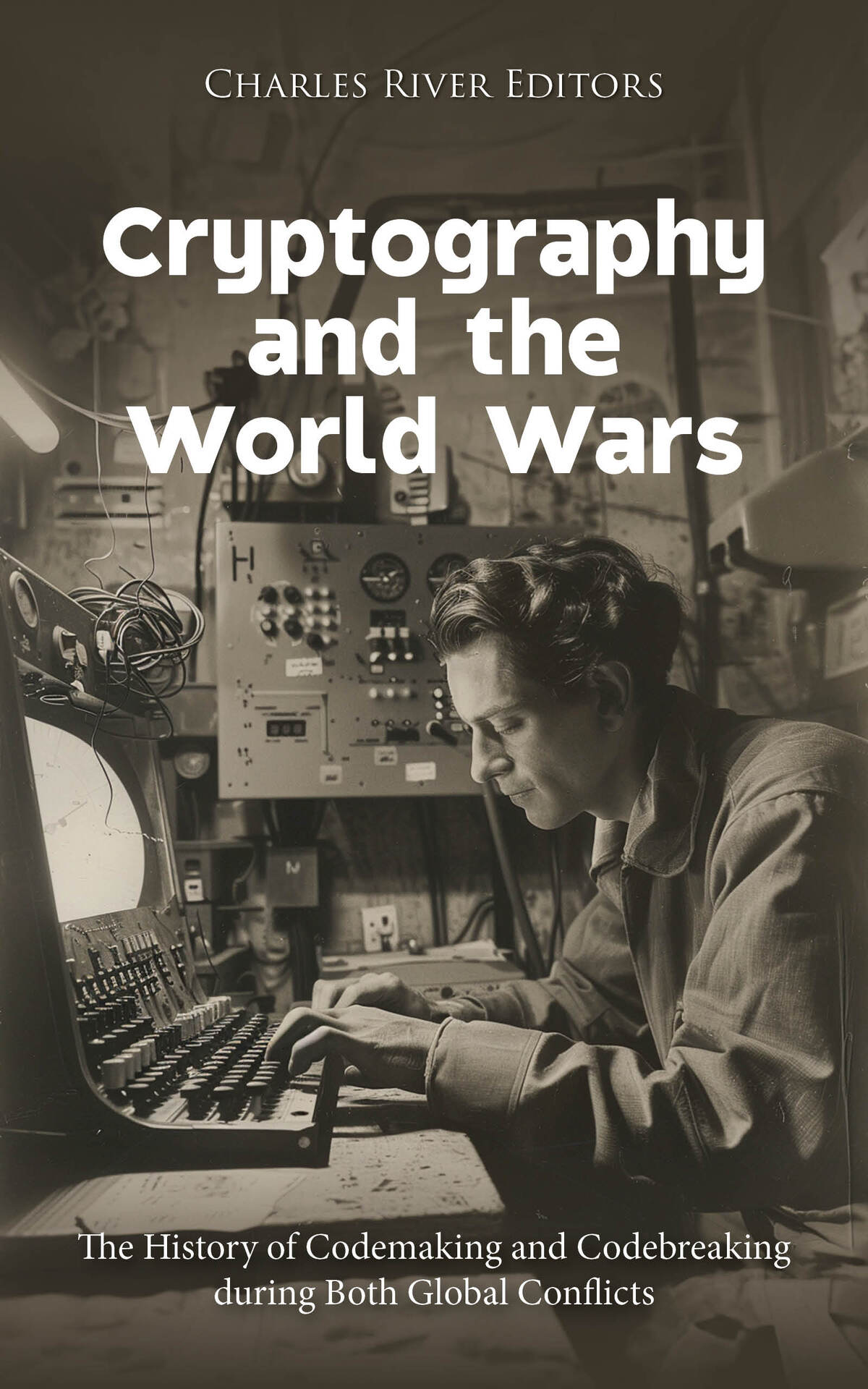

Most ebook files are in PDF format, so you can easily read them using various software such as Foxit Reader or directly on the Google Chrome browser.
Some ebook files are released by publishers in other formats such as .awz, .mobi, .epub, .fb2, etc. You may need to install specific software to read these formats on mobile/PC, such as Calibre.
Please read the tutorial at this link: https://ebookbell.com/faq
We offer FREE conversion to the popular formats you request; however, this may take some time. Therefore, right after payment, please email us, and we will try to provide the service as quickly as possible.
For some exceptional file formats or broken links (if any), please refrain from opening any disputes. Instead, email us first, and we will try to assist within a maximum of 6 hours.
EbookBell Team

4.0
56 reviewsNearly every conceivable terrain saw use as a battlefield: the neat farmland and small towns of Western Europe; the streets of major cities; thick forests; open steppes stretching for hundreds of miles; deserts in Africa; rugged mountain ranges; and many other regions of the globe. But one of the war's most crucial struggles happened in the realm of the unseen, inside the human mind and amid the invisible flow of radio waves. Every war is a battle of wits as intelligence-gathering, tactics, and strategies clash, from the level of individual action up to the grand, overarching schemes of generals and statesmen. Intelligence took on a freshly urgent aspect in the Great War, however, as the fates of offensives, armies, and nations came to hang on the struggle to decrypt vital enemy radio traffic and military communications.
During the Second World War, cryptography suddenly became a significant factor in warfare because of mid 20th-century advances in communications technology. With radios small and common enough to be fitted into most individual vehicles and readily carried in a man-portable form, information and orders flowed from supreme headquarters to individual squad leaders, tanks, and soldiers at the front and back again.
Complex radio networks connected armies to their other elements almost like a nervous system, making unprecedented tactical and strategic coordination between units hundreds of miles apart not only possible but swift and, in some cases, efficient. Decrypting these signals or protecting their contents from enemy spying became one of the touchstones of victory or defeat. “Information warfare”
…